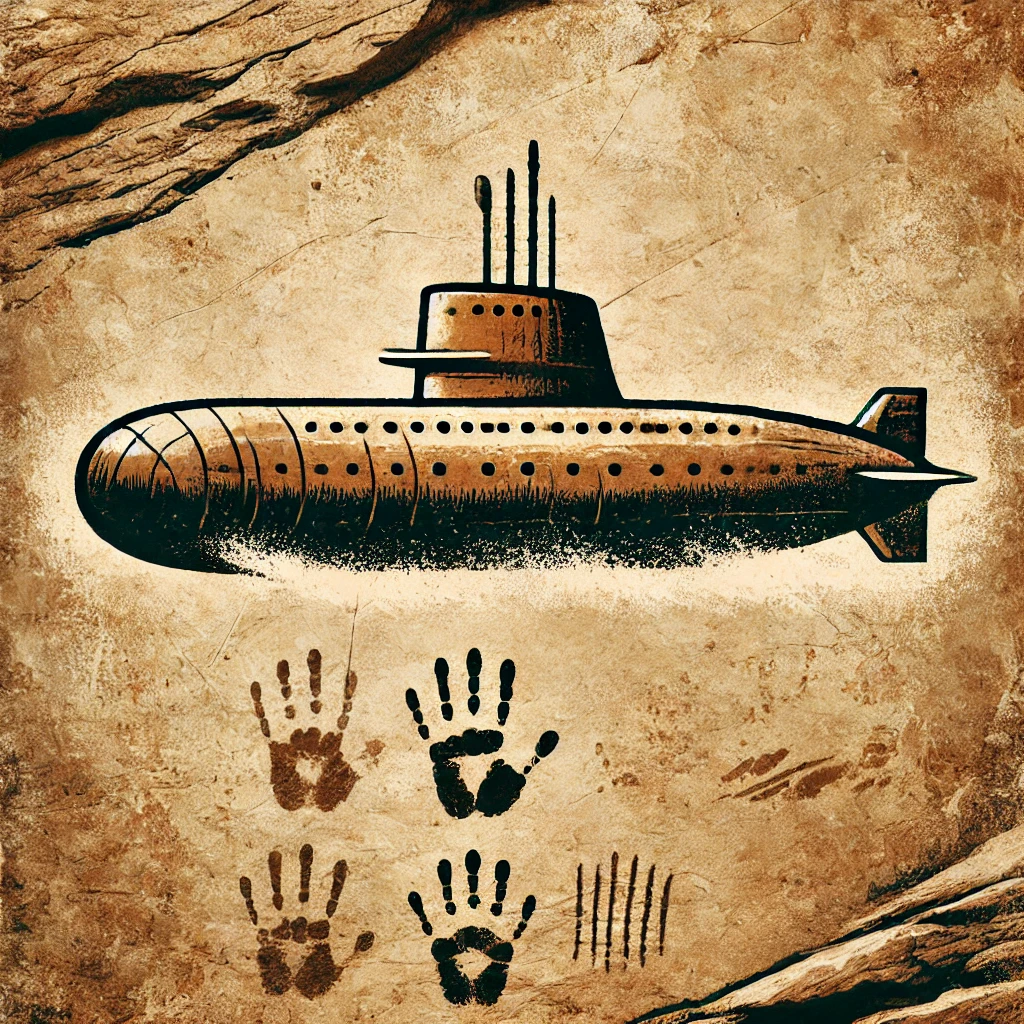High‑quality aerial footage: GoPro on FPV drones or a gimbal‑stabilized cinema camera?
If you fly FPV or freestyle, you know there’s nothing like skimming the ground, threading tight gaps, or nailing a perfect powerloop. But when it’s time to record, the big question appears: is a GoPro‑style action camera enough, or is it worth using a gimbal‑stabilized camera like traditional cinema drones? Both capture aerial video, but they’re built for completely different goals. Understanding this difference is key to choosing the right tool for your project—whether that’s dynamic content or professional production.
GoPro on FPV drones: absolute freedom with technical trade‑offs
GoPro‑type cameras are built to survive impacts, vibrations, and high speeds. They’re lightweight, compact, and mount on almost any FPV drone without adding much mass. That enables extreme maneuvers a gimbal drone simply can’t do. Their digital stabilization (HyperSmooth, ReelSteady, Horizon Lock) compensates for aggressive movement, delivering smooth shots even when the drone rolls or pitches hard. They record in 4K, and some models offer flat profiles like Protune and even 10‑bit recording for more professional color grading.
However, GoPros have technical limits. Their sensors are small, which hurts dynamic range in high‑contrast or low‑light scenes. Internal compression can destroy detail in textures like foliage or water, especially at lower bitrates. You also lack full control over aperture and shutter speed, making it harder to achieve natural cinematic motion blur unless you use ND filters. While ND filters exist for GoPro, mounting them on FPV drones can affect weight or center of gravity. Even so, for fast, creative, high‑action shots, GoPro remains king thanks to its lightness, toughness, and flight freedom.
Gimbal‑stabilized cameras: cinematic precision and total control
Cameras on 3‑axis gimbals are designed to produce stable, clean images with full control over every parameter. A gimbal removes mechanical vibrations and keeps the horizon level even in wind, creating that floating look seen in films, documentaries, and commercials. Sensors are usually larger (1”, Micro Four Thirds, or bigger), improving dynamic range, sharpness, and natural color. You can shoot in log or RAW, at high bitrates and even 10‑ or 12‑bit, enabling true cinematic color workflows.
With a stabilized drone you control aperture, ISO, and shutter speed, combining them with ND filters to achieve the classic 24/25 fps look at ~1/50 shutter. That’s nearly impossible on FPV without extra accessories. The trade‑off is size and agility: gimbal drones are bigger, heavier, and far less nimble. They can’t do acro or squeeze through tight gaps. They excel at smooth flights, planned paths, and choreographed shots—but they sacrifice the raw excitement of FPV.
What image style do you need: energy or perfection?
FPV video with a GoPro conveys adrenaline, proximity, and real movement. It’s perfect for reels, sports, chases, music videos, or creative content where the flight itself is part of the story. A gimbal camera delivers elegant, stable, clean shots—ideal for film, tourism, weddings, architecture, or advertising where every frame must be visually impeccable.
Many professionals combine both worlds: FPV with GoPro for dynamic, immersive sequences, and gimbal drones for establishing shots, smooth moves, and precise details. The key isn’t choosing one forever, but knowing when each style serves the narrative.
Can you boost FPV quality without losing freedom?
Hybrid solutions exist today. Cameras like GoPro Bones or Insta360 Go 3 cut weight while maintaining quality. Lightweight FPV gimbals are emerging, though still limited. Some FPV cameras now offer better dynamic range or 10‑bit recording. If you add lightweight NDs and tweak shutter via custom firmware, you can approach a more cinematic look without sacrificing maneuverability. In post, tools like ReelSteady further improve stabilization without giving up too much resolution.
The drone doesn’t define the result—your intent does
If your priority is freedom, excitement, and immersion, FPV with a GoPro is irreplaceable. If your goal is flawless aesthetics, color control, and absolute stability, a gimbal‑mounted camera is the way to go. The best pilots and creators know it’s not about picking gear—it’s about choosing a visual language. GoPro gives you the pilot’s point of view. A gimbal camera gives you the director’s. Once you know what you want to communicate, you’ll know which tool to use.




